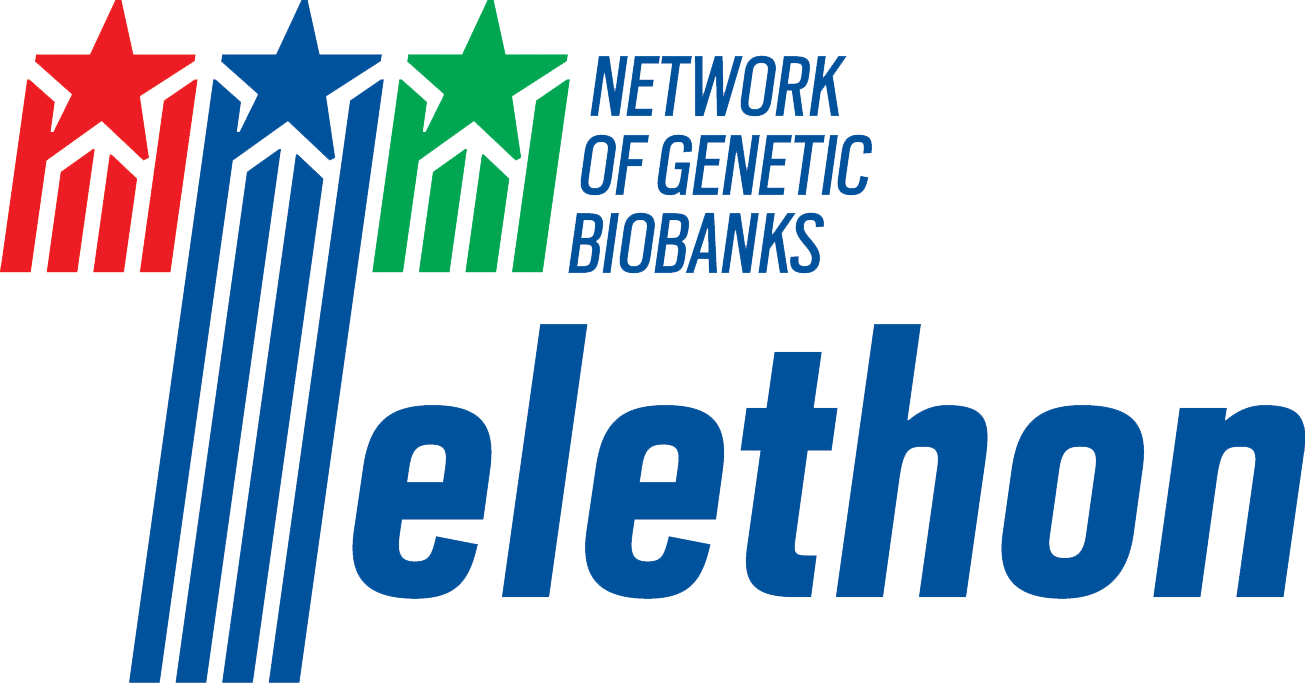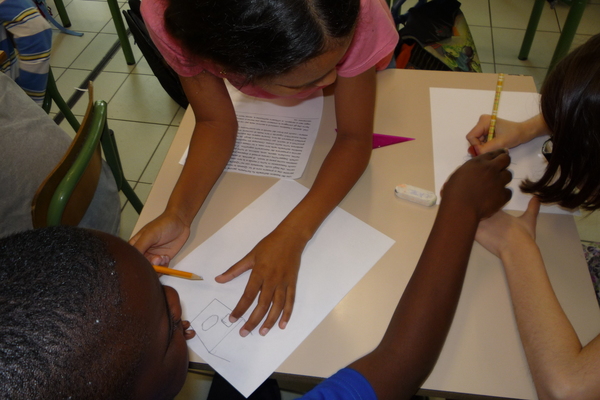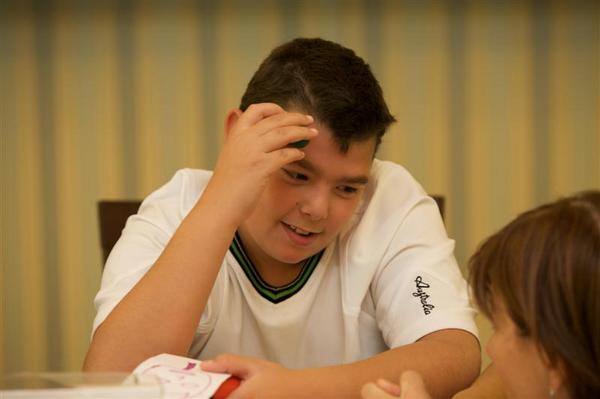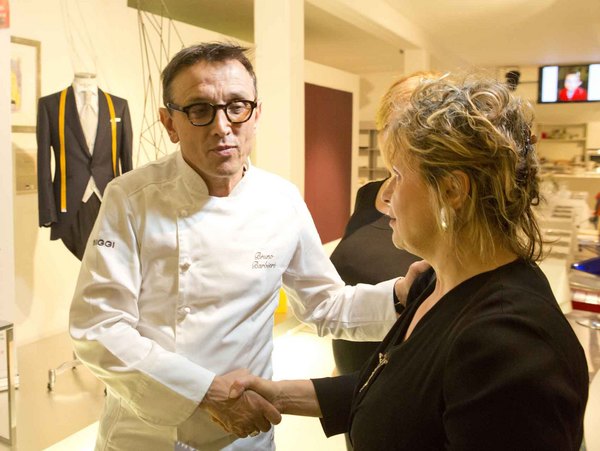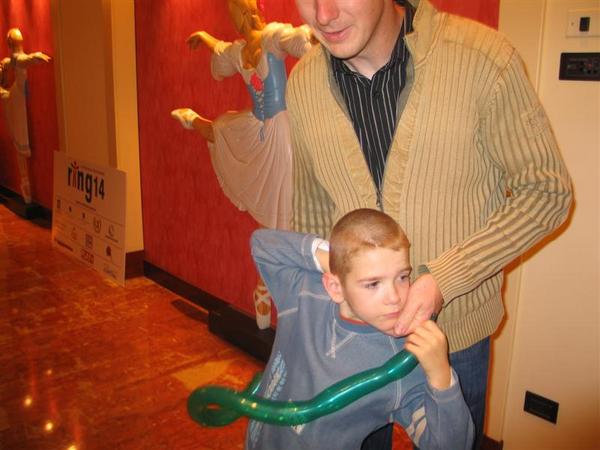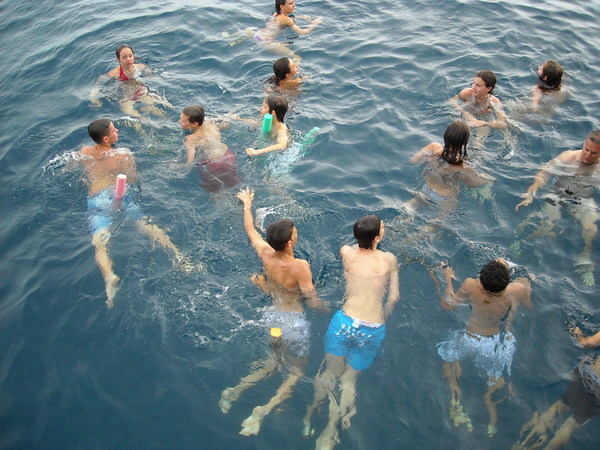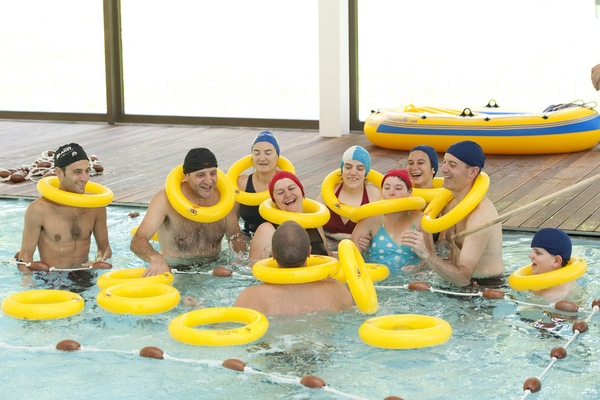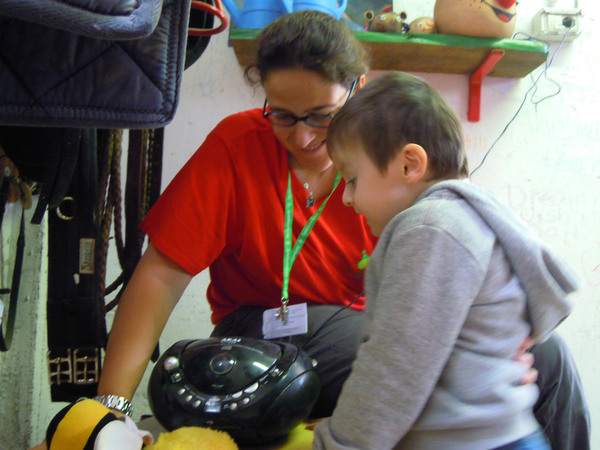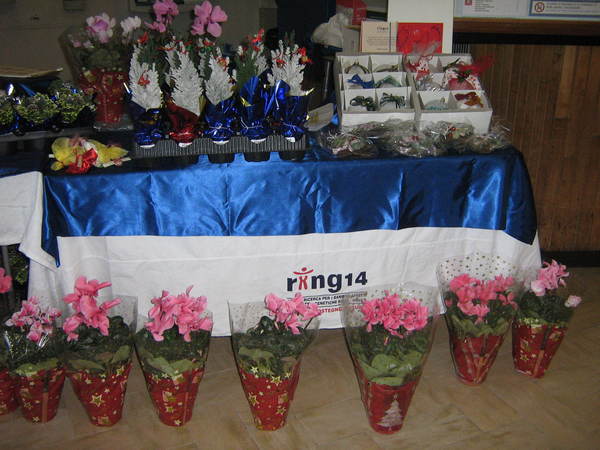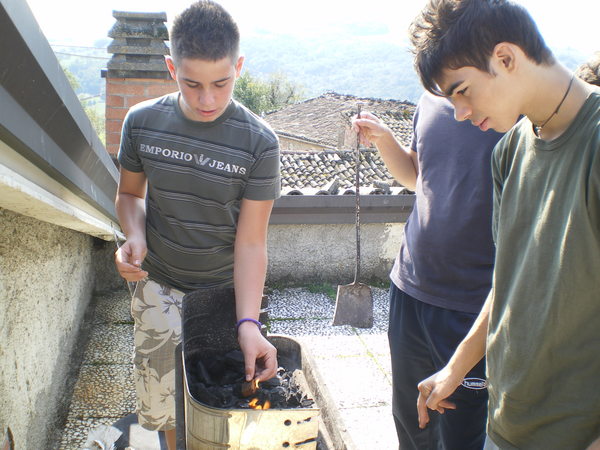SUPPORTING THE COMMUNICATION SKILLS OF CHILDREN WITH CHROMOSOME 14 SYNDROME
| Project leader | Laura Zampini |
| Host institution | Dept. of Psychology, University of Milano-Bicocca (Italy) |
| Duration | 2 years |
| Start-up year | 2016 |
| Budget | € 15.000 (wholly financed by Ring14 Italy) |
| Status | Ongoing |
1. OBJECTIVE
In our previous study (see the project “Language development in children suffering from chromosome 14 syndromes”), we found that children with chromosome 14 aberrations frequently show severely impaired linguistic and communicative skills.
Although there is a wide individual variability in the development of these children, the frequent difficulties found in communicating their needs and desires can lead children to social withdrawal or behaviour problems. Both these situations, isolation and oppositional behaviours, are difficult to manage in everyday family life. Therefore, the parents need to develop specific strategies to communicate with their children.
The main aim of the present project is to investigate parent-child interaction strategies to improve both parent-child relationship and children’s communicative skills. We will focus our attention in identifying the best interaction strategies to enhance the children’s ability to focus on the ongoing activity, to comply with proposals and to communicate their needs and desires. A second aim of the project is to raise awareness of parents about their fundamental role in supporting the communicative development of their children.
2. METHOD
In the present study, the characteristics of parent-child interaction will be evaluated through the analysis of videotaped semi-structured play sessions during which children with chromosome 14 aberrations interact with their mothers or fathers. Particular attention will be paid to joint attention situations in which the child and his/her parent are focussed on the same activity.
The videotaped play sessions will be analysed through a micro-analytical coding scheme for parent-child interactions: the "Revised Relational Coding System" [R-RCS] (Fogel et al., 2003). This instrument will allow us to identify the interactive patterns adopted by each parent-child dyad (i.e., symmetrical, asymmetrical, unilateral, disruptive or disengaged). The interactive patterns will be then correlated with children’s characteristics (e.g., age, type of chromosomal aberration), abilities (e.g., cognitive and linguistic skills), and possible clinical and behaviour problems (e.g., the presence of autistic traits or oppositional behaviour).
To verify if parent-child interactive patterns are significantly affected by the fact that chromosome 14 aberrations are rare and severe genetic syndromes, these data will be compared with the interactive patterns observed in parent-child dyads in which the child has a more frequently detected and well known syndrome (i.e., Down syndrome) or in which the child has a typical development.
3. EXPECTED RESULTS
We expect to find a significantly lower number of symmetric patterns in the interactions with children with chromosome 14 aberrations (in particular, with children who show withdrawal problems). We expect to find less symmetric interactions in comparison not only with typically developing children, but also with children with Down syndrome, due to the more severe and uncertain diagnosis of chromosome 14 aberrations. Our detailed observations will be useful in designing intervention programs, including those based on video feedback, for parents and professionals, to point out which are the most appropriate strategies to support the communication skills of these children.
Documents
› Project (456 KB)







